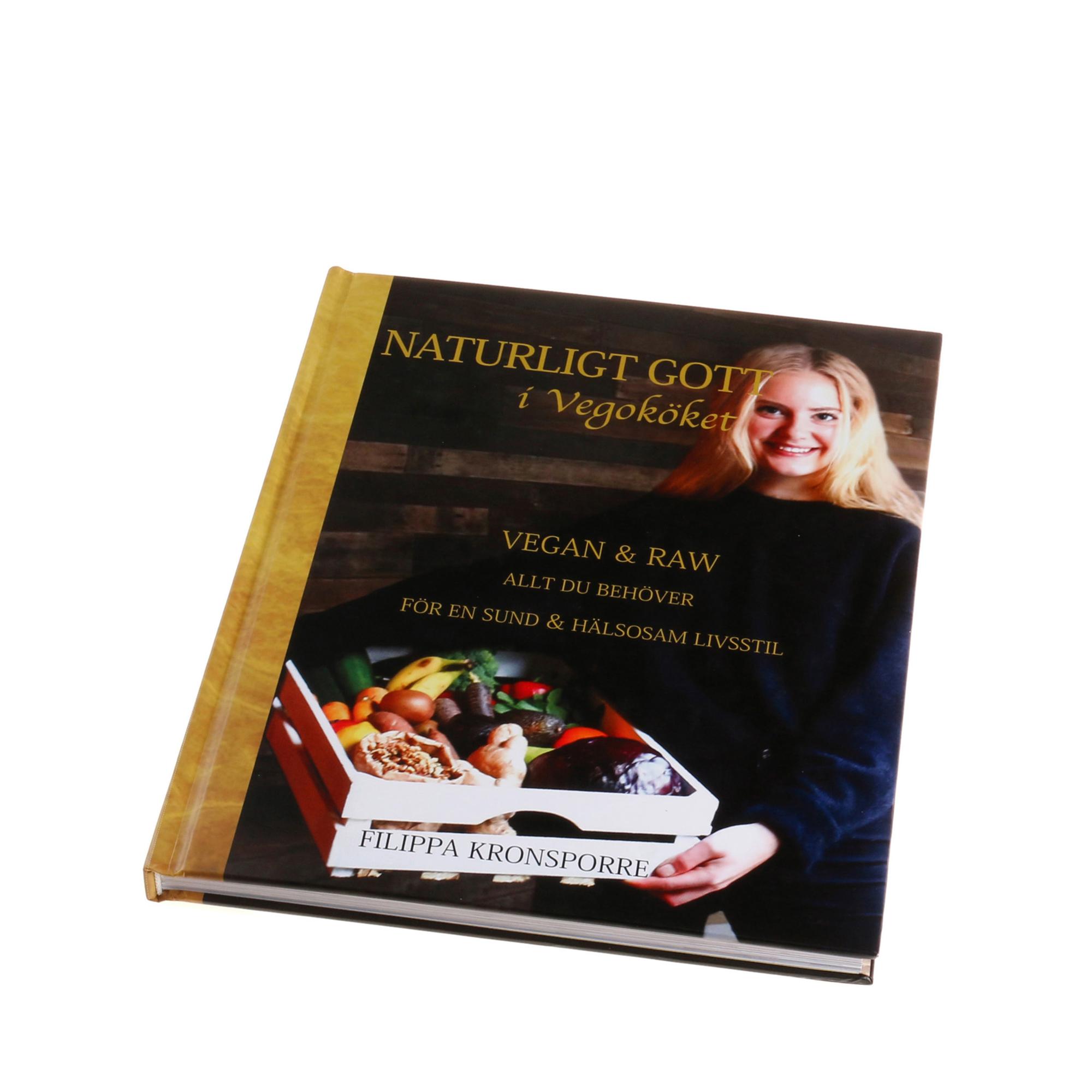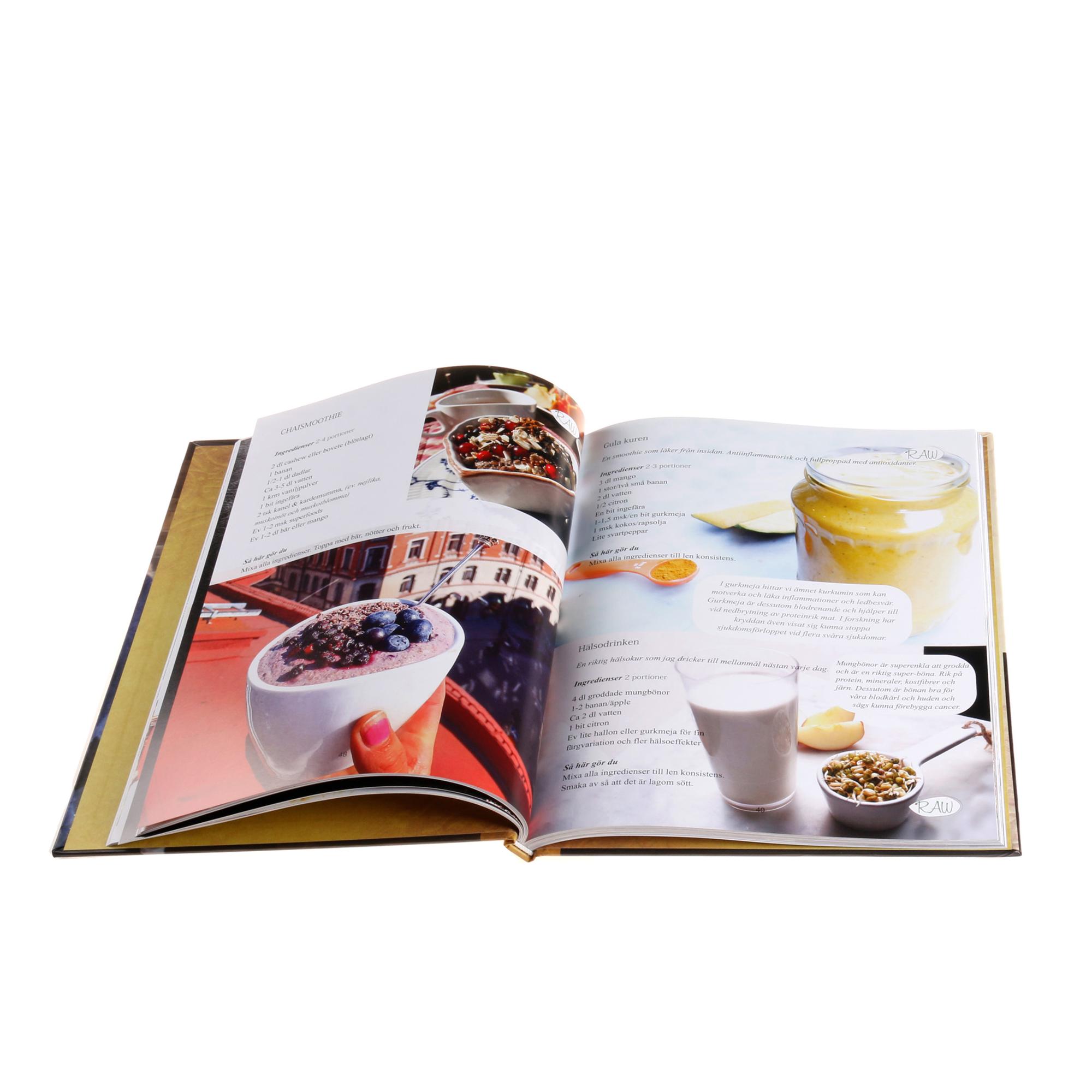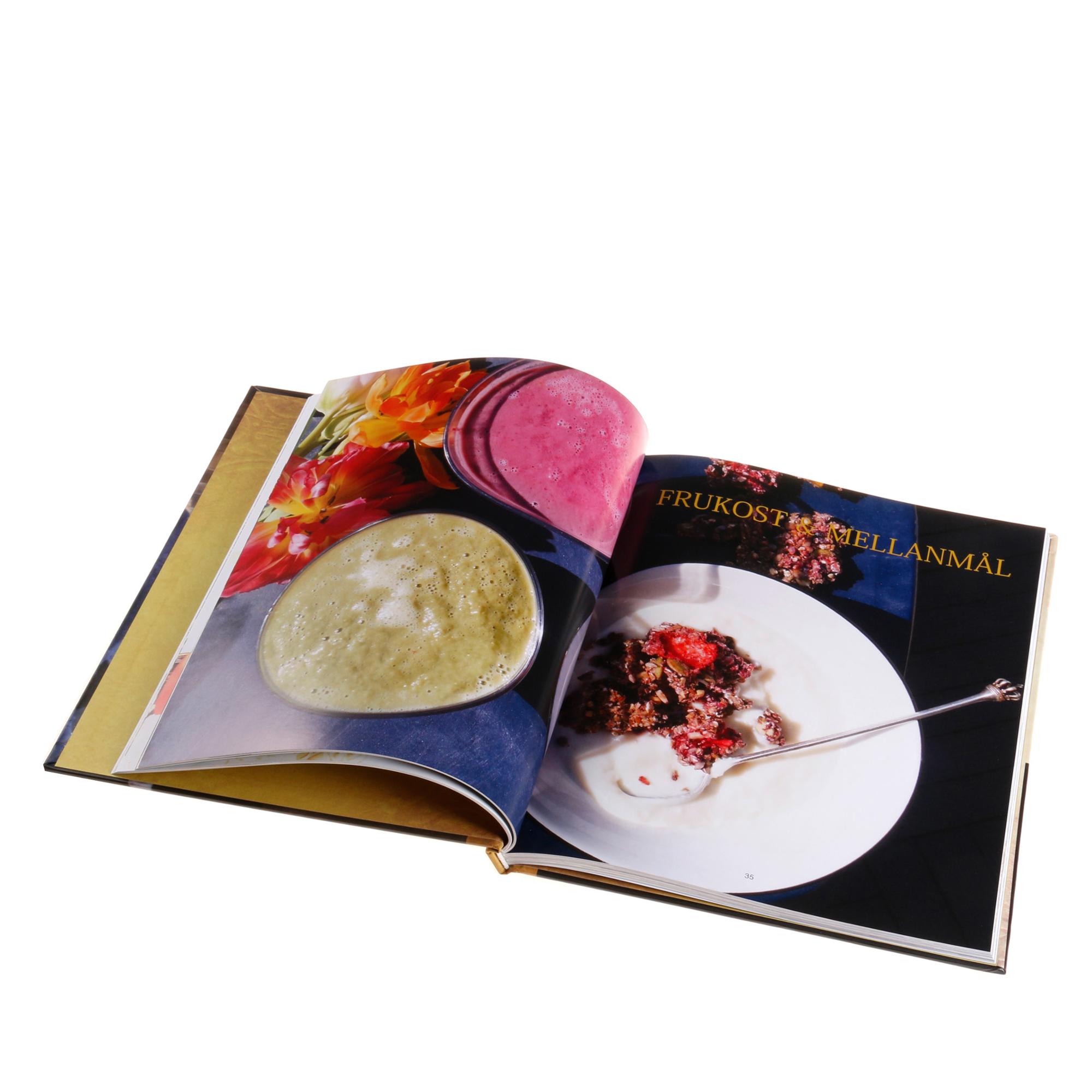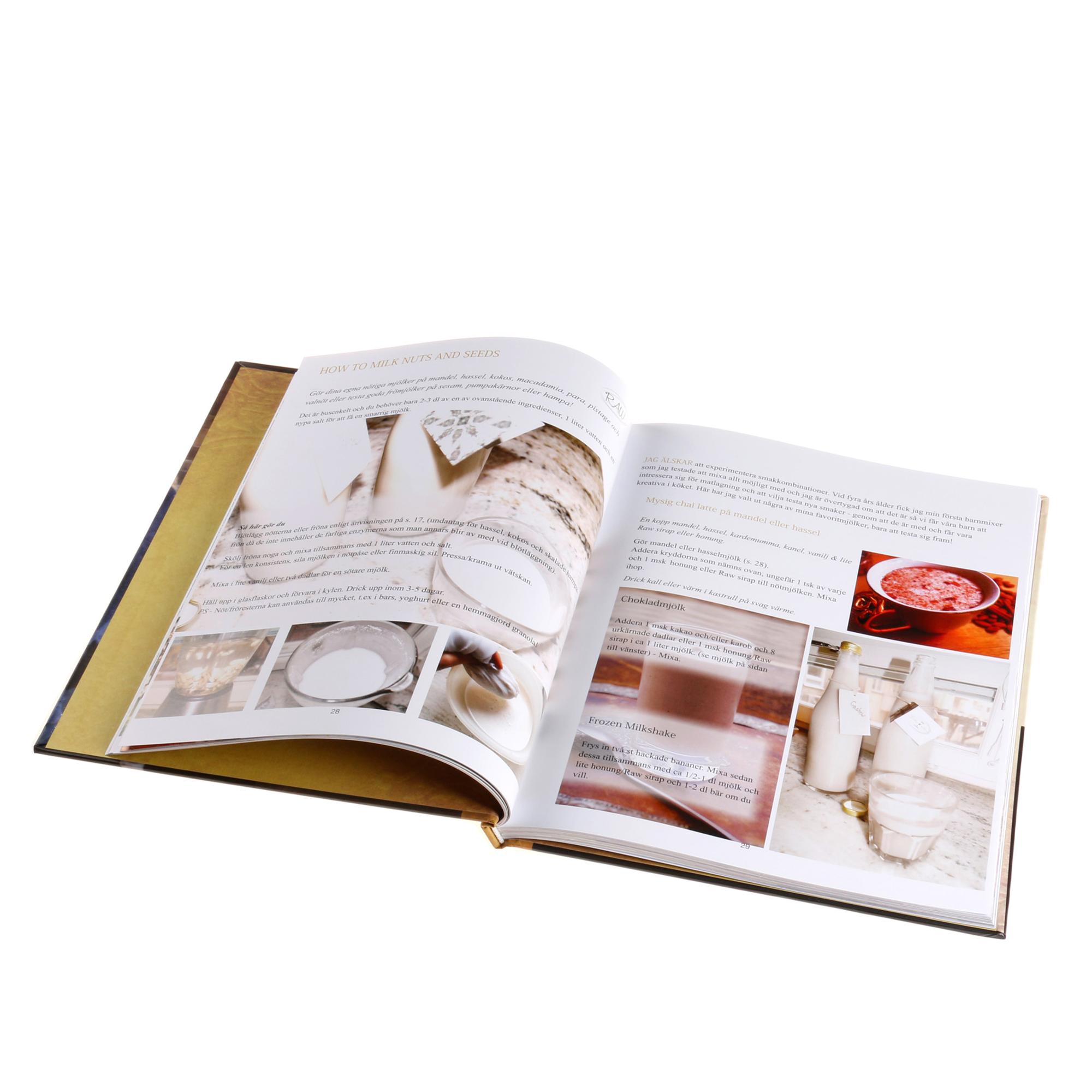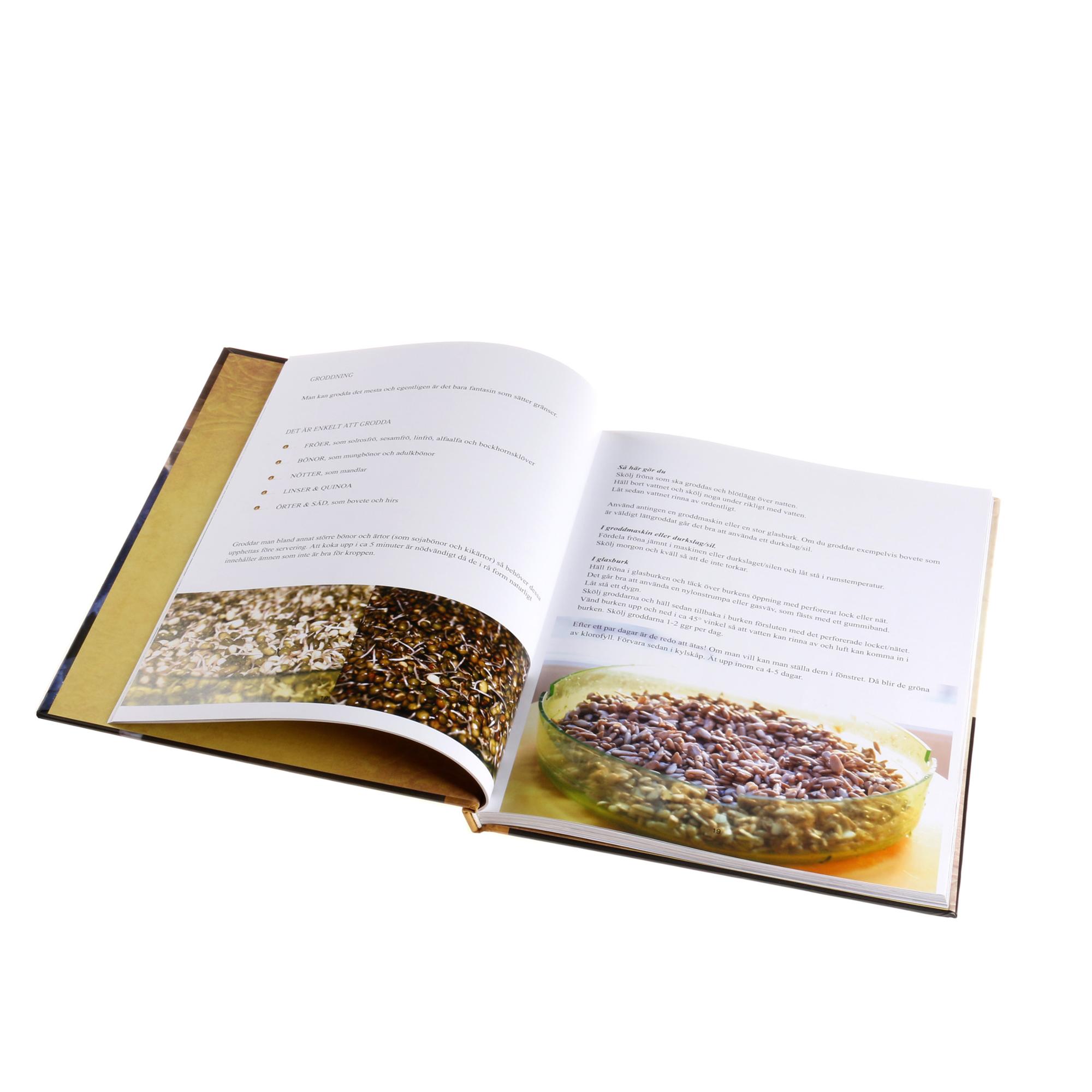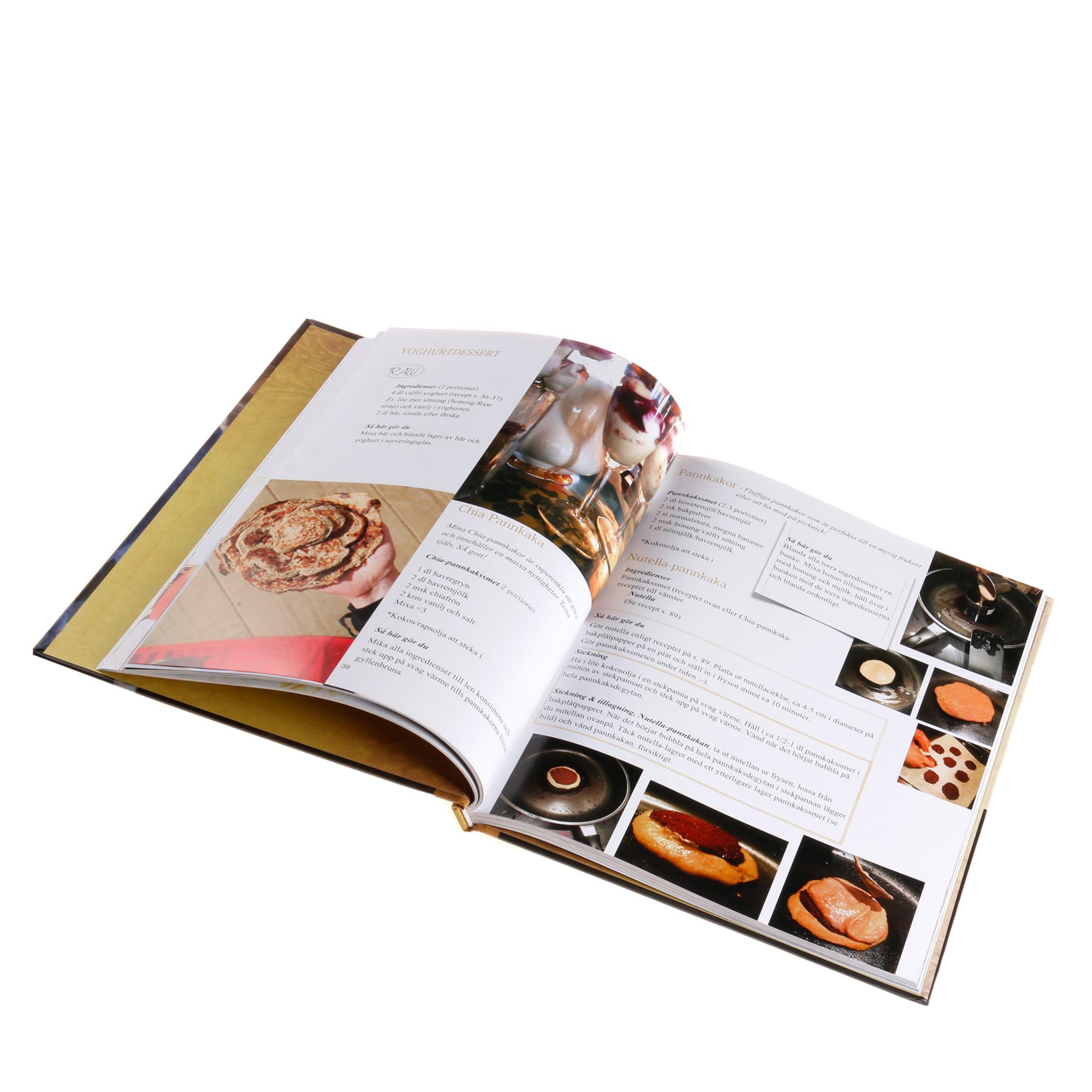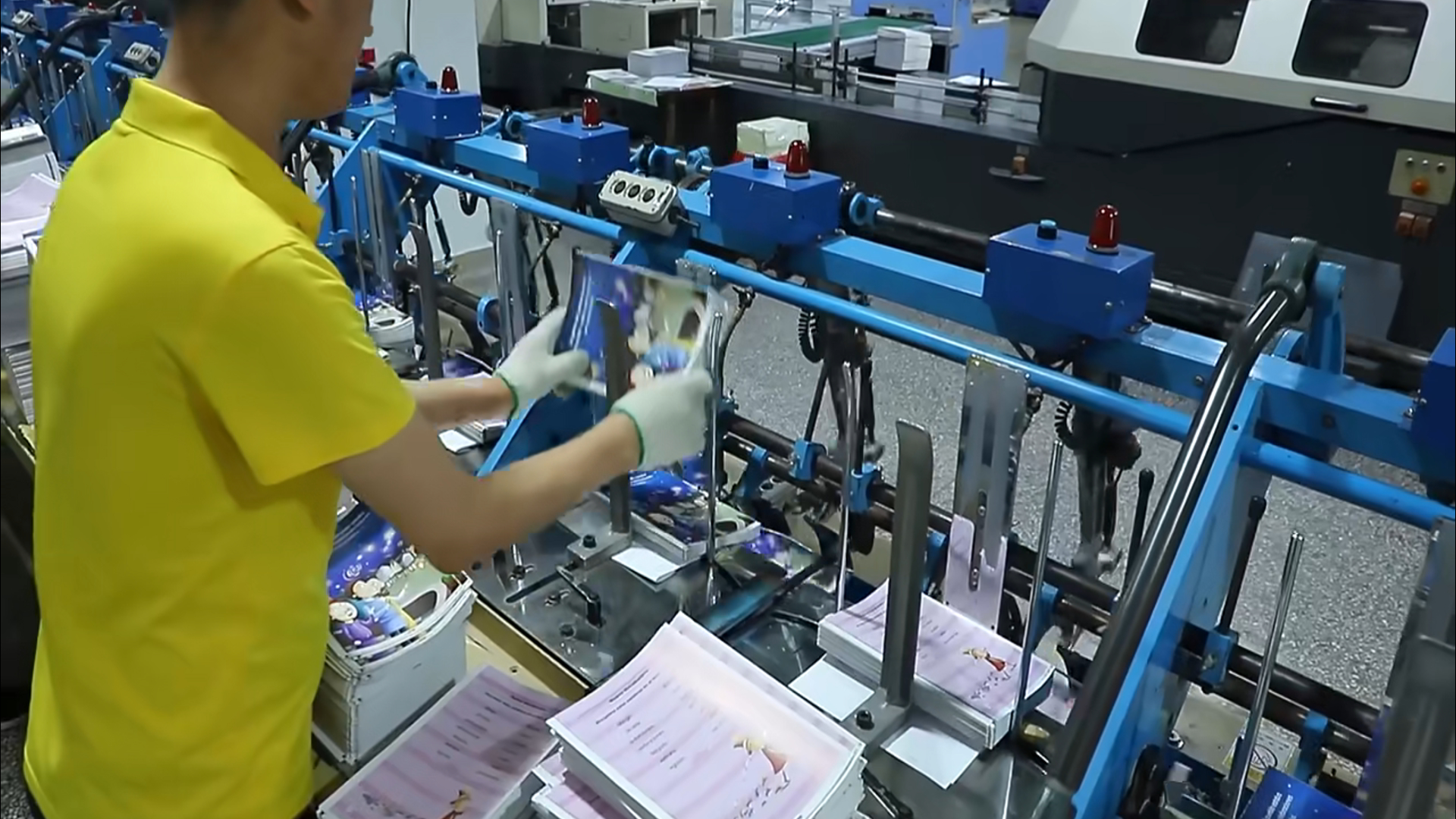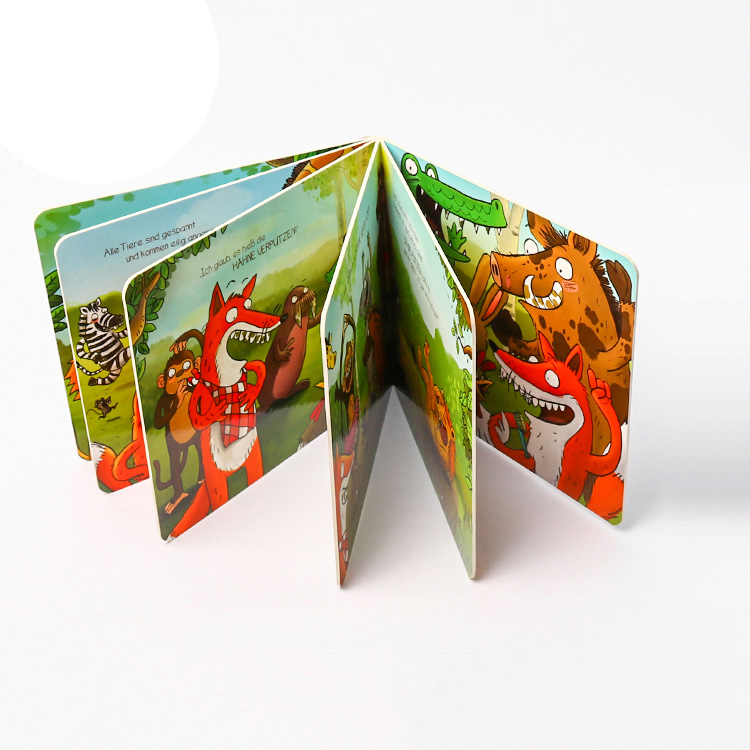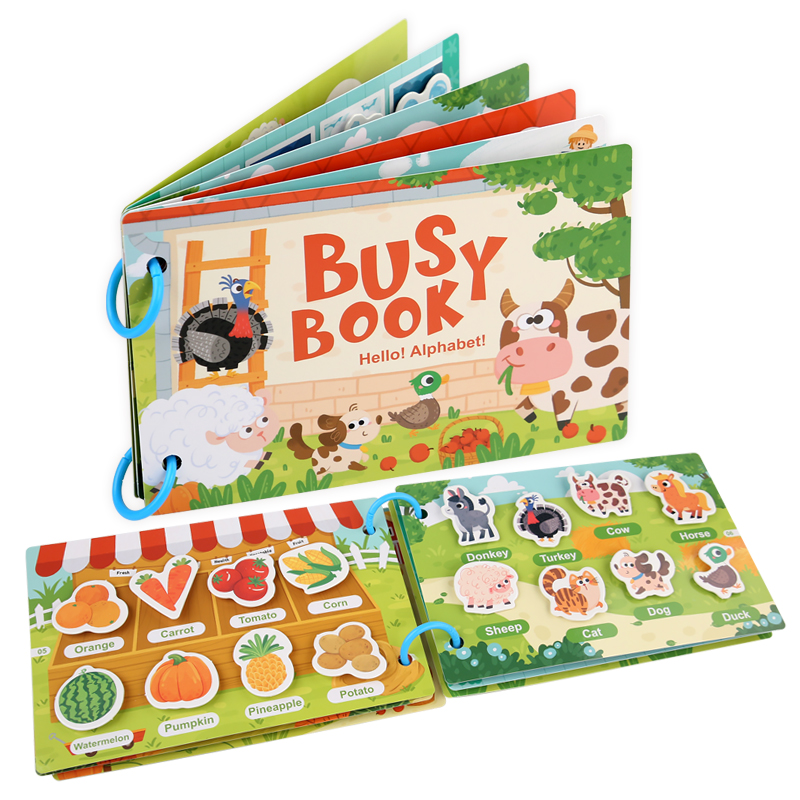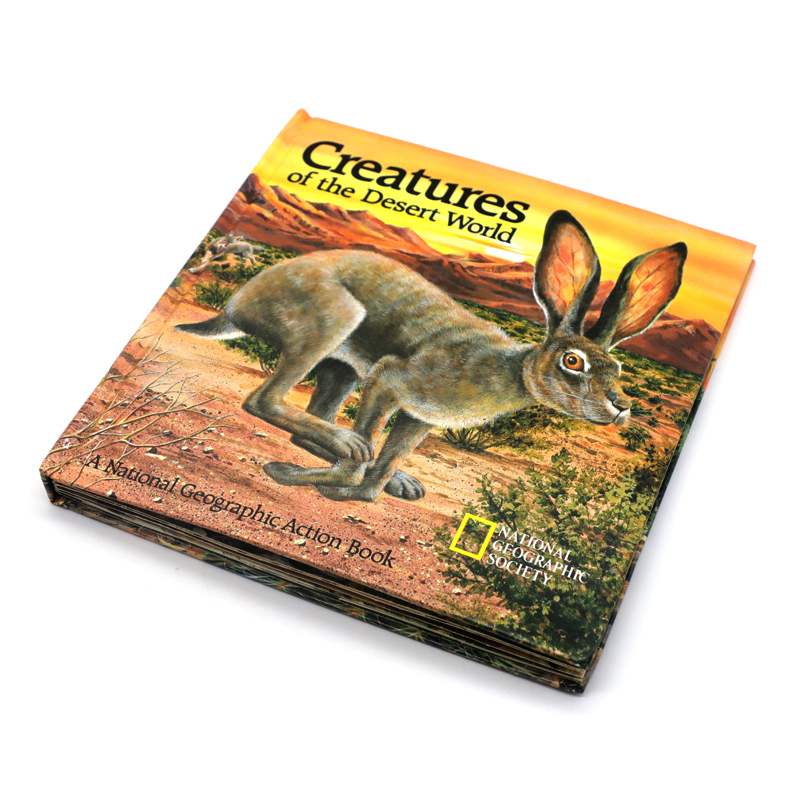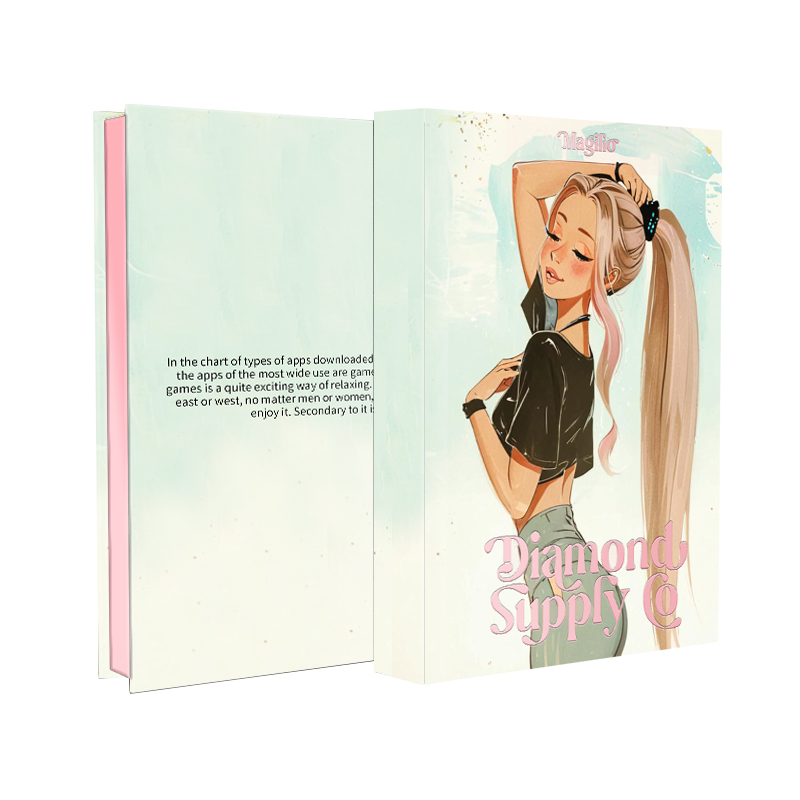- Heim
- Buchdruck
- Kochbuch drucken
- Fabrikpreis: Individueller Rezeptdruck in hoher Qualität
Fabrikpreis: Individueller Rezeptdruck in hoher Qualität
Buchdruck Einführung
| Papiersorte | Kunstdruckpapier, Karton, Beschichtetes Papier, Offsetpapier |
| Produkttyp | Buch |
| Oberflächenfinish | Folienkaschierung |
| Drucktyp | Offsetdruck |
| Produktmaterial | Papier und Karton |
| Produktname | Hochwertiges, kostengünstiges Hardcover-Kochbuch mit individuellem Farbdruck |
| Größe | 210 x 297 mm |
| Deckblatt | 157 g/m² mattes Kunstdruckpapier für den Druck von Hardcover-Büchern |
| Inneres Papier | 157 g/m² mattes Kunstdruckpapier für den Hardcover-Buchdruck |
| CMYK-Farbdruck | |
| Bindung | Hardcover-Einband |
| Zurück zum Prozess | Matte Laminierung für gedruckte Hardcover-Bücher |
| Artwork-Format | PDF-Proofs und Hardproofs |
| Verpackung | Mit dem Flugzeug |
| Verwendung | Lektüre |
| Verpackungsdetails | Plastiktüte Karton: 245 x 320 x 240 mm Palette: 1200 x 1000 x 1140 mm |
| Verkaufseinheiten | Einzelstück |
| Einzelpaketgröße | 23X32X3 cm |
| Einzelbruttogewicht | 3,000 kg |
| Lieferfähigkeit | 50000 Stück/Stücke pro Woche für Printkatalog |
High-Quality Recipe Printing: A Feast for the Eyes and the Palate
In the world of culinary arts, the presentation of recipes is just as important as the dishes themselves. The images featured above showcase a stunning example of high-quality recipe printing that captivates the senses and inspires culinary creativity. This beautifully crafted recipe book is not just a collection of instructions; it’s an artistic portrayal of food that invites readers into a world of flavors, textures, and vibrant colors. The book is designed to not only be functional but also to serve as a decorative piece that brightens any kitchen. With its visually appealing layout, every page turn reveals a tantalizing glimpse of dishes that can be recreated at home, ensuring that each recipe is a delightful adventure for both novice cooks and seasoned chefs alike.
The Essence of High-Quality Recipe Printing
Why Quality Matters
The process of creating a high-quality recipe book involves several printing techniques and materials that contribute to its overall excellence. Here are some key elements that define high-quality recipe printing:
Papierqualität: The choice of paper is crucial. Glossy paper can enhance color vibrancy and provide a luxurious feel, while matte paper offers a more understated elegance. The thickness of the paper also affects durability and the ability to withstand spills and stains in the kitchen.
Color Precision: Accurate color reproduction is vital for food photography. High-quality printing techniques ensure that the colors of the ingredients are true to life, making the dishes more appetizing. Advanced printing technology allows for precise color matching, which is essential in culinary publications.
Bindungsoptionen: The way a cookbook is bound can impact its usability. Lay-flat binding is ideal for recipe books, allowing them to stay open on a countertop without the need for heavy weights. This feature makes it easier for cooks to reference recipes while preparing meals.
Image Resolution: High-resolution images are essential in recipe printing. Crisp, clear images allow readers to see the details of the dishes, making the cooking process more accessible and enjoyable. Blurry or pixelated images can detract from the overall presentation and discourage attempts to recreate the recipes.
Design and Layout
A well-designed recipe book goes beyond just printing; it involves thoughtful layout and design elements that enhance readability and visual appeal. Here are some design considerations:
Typography: The choice of fonts can significantly affect the readability of recipes. Clear, legible typography is essential for ingredients and instructions. Additionally, creative font choices can add personality and style to the book.
Image Placement: Strategically placing images throughout the book can guide the reader’s eye and create a natural flow. Pairing images with corresponding text sections helps readers quickly identify the dish they are interested in making.
Color Scheme: A cohesive color scheme ties the book together and creates a harmonious visual experience. The use of color can evoke emotions and enhance the overall aesthetic, making the cookbook more appealing to potential buyers.
User-Friendly Format: The organization of recipes is vital for usability. Grouping similar recipes together, including an index, and providing clear headings and subheadings can make navigating the book a breeze.
Benefits of Customization
One of the standout features of high-quality recipe printing is the ability to customize the content. Whether it’s a family cookbook filled with cherished recipes or a professional chef’s culinary creations, customization allows for a unique touch. Personalized cookbooks can include:
- Family anecdotes and stories behind the recipes.
- Custom photography that captures the essence of each dish.
- Specific dietary considerations or cooking tips relevant to the audience.
Making Your Cookbook Stand Out
Create a Unique Theme
When designing a cookbook, consider establishing a theme that ties all the recipes together. This could be based on regional cuisines, seasonal ingredients, or even personal stories that highlight the significance of each dish. A cohesive theme will make your cookbook more engaging and memorable for readers.
Incorporate Interactive Elements
Adding interactive elements can enhance the cooking experience. This might include QR codes linking to video tutorials, tips from chefs, or even community feedback sections where readers can share their experiences with the recipes. These elements not only enrich the content but also create a sense of community among readers.
Promote Your Cookbook
Once your high-quality recipe book is printed, effective promotion is essential. Utilize social media platforms to showcase recipes, share behind-the-scenes glimpses of the printing process, and engage with your audience. Hosting cooking demonstrations or book signings can also create buzz and attract potential buyers.
Abschluss
In a world filled with digital content, a beautifully printed high-quality recipe book remains a cherished item in any kitchen. The combination of excellent design, high-quality materials, and personalized touches creates a cooking resource that is both functional and visually appealing. By investing in high-quality recipe printing, you can create a cookbook that inspires culinary exploration, brings families together, and leaves a lasting impression on anyone who opens its pages. Whether you’re a professional chef looking to publish your work or a home cook wanting to share family recipes, consider the transformative power of a well-printed cookbook. It’s not just about sharing recipes; it’s about creating an experience that delights the senses and nurtures a love for cooking.
Papieroptionen für den Buchdruck
Finden Sie das beste Papier für den Buchdruck aus unserem großen Sortiment an säurefreiem Recyclingpapier
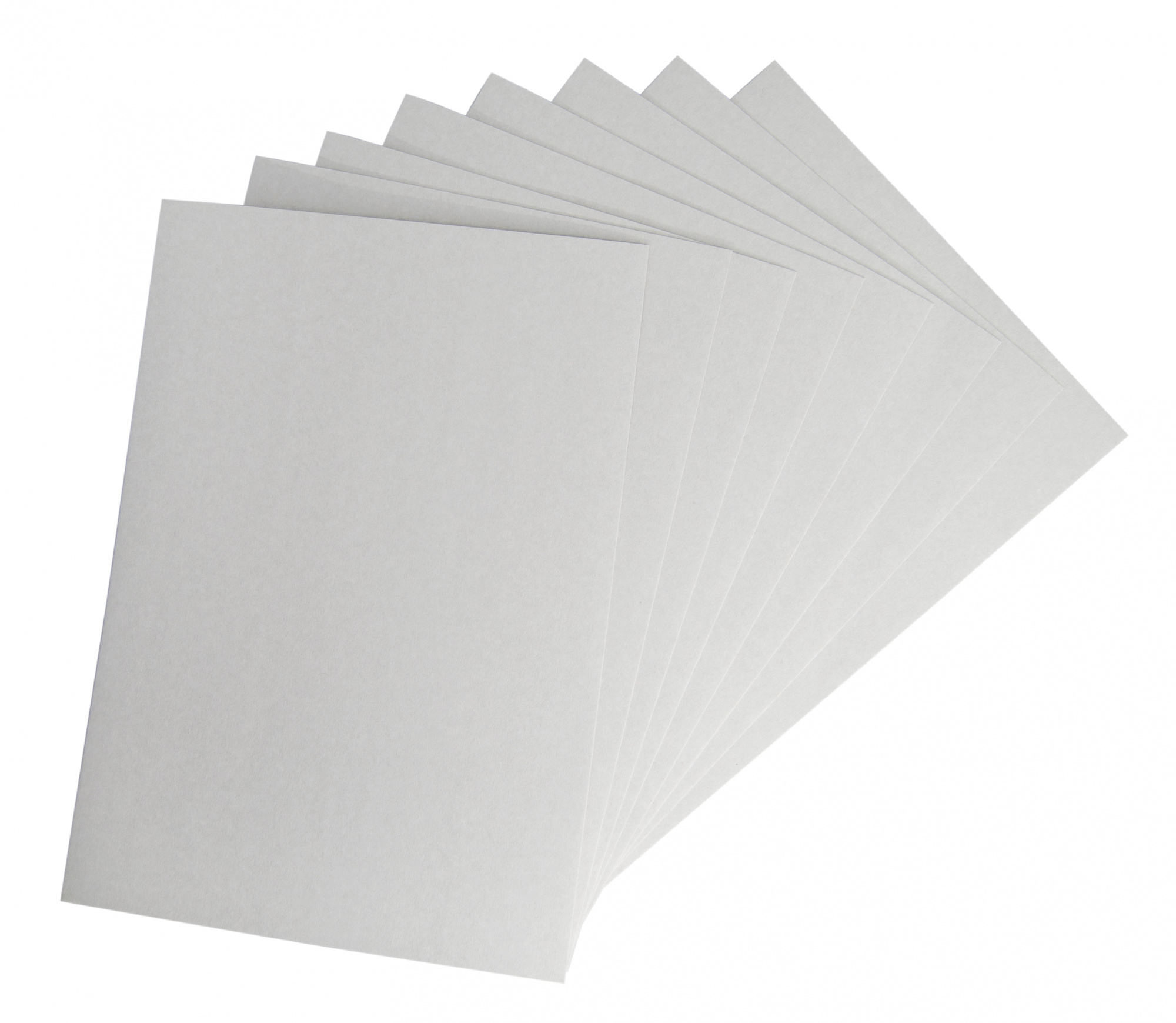
Glanz-Kunstdruckpapier
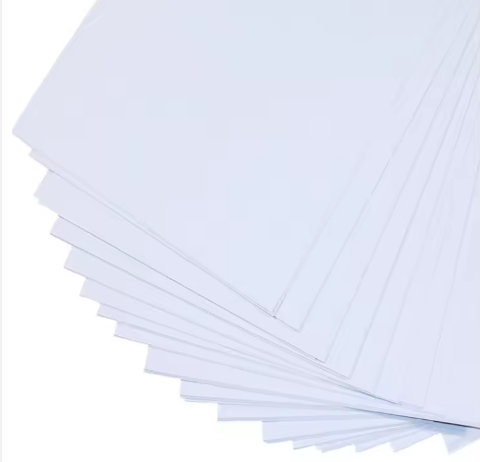
Mattes Kunstdruckpapier
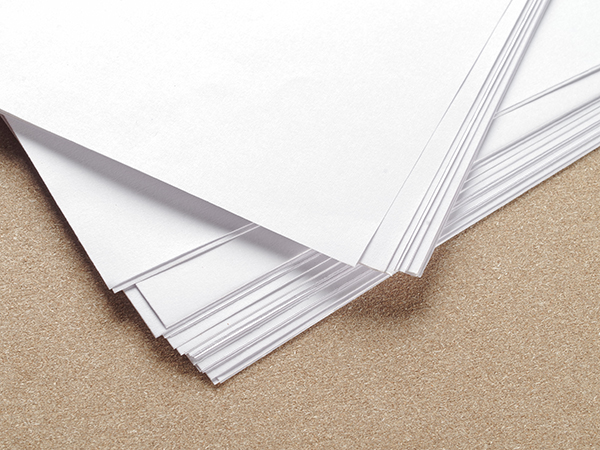
Ungestrichenes Papier
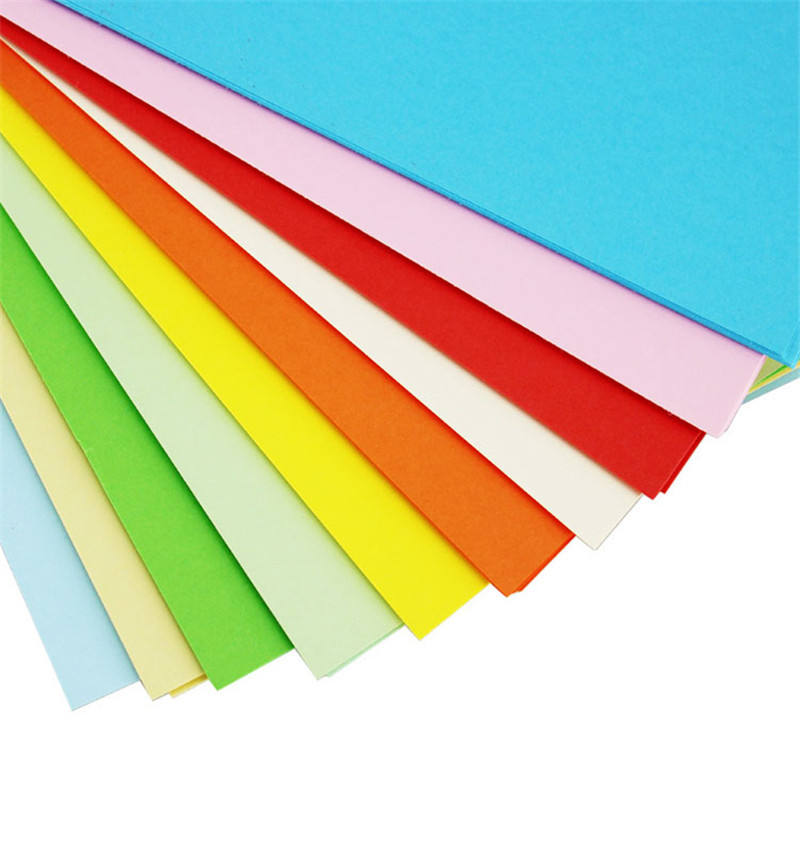
Farbiges Papier
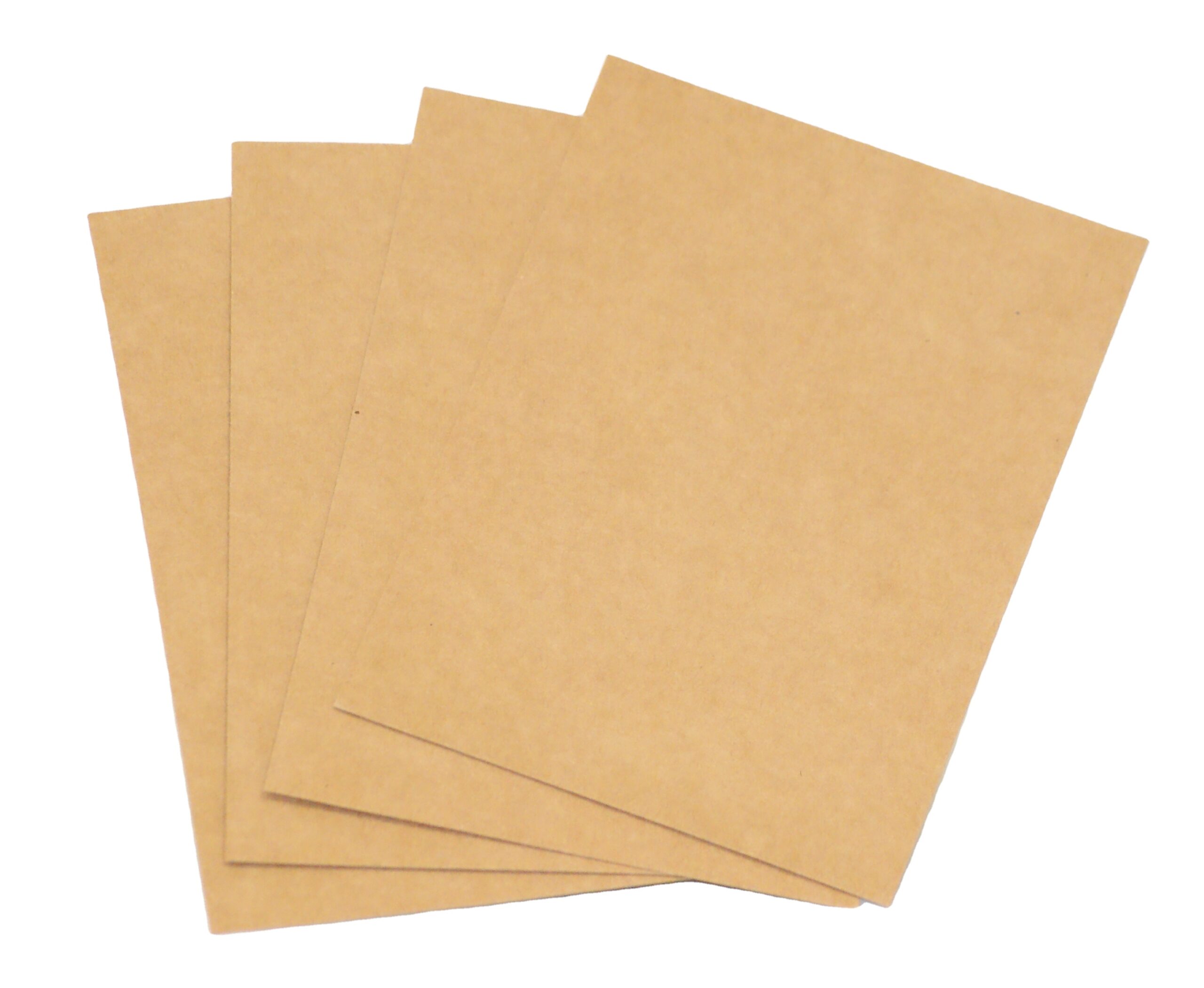
Kraftpapier
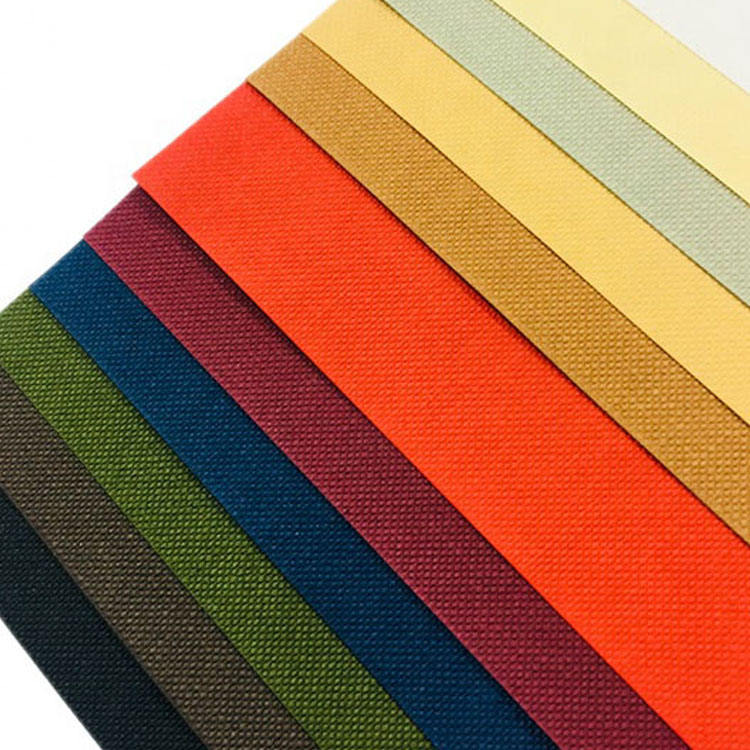
textur papier
Buchdruck – Spezialhandwerk
Die Oberflächenbehandlung des Buchdrucks ist ein wichtiger Schritt zur Verbesserung der Textur und Haltbarkeit des Werks.
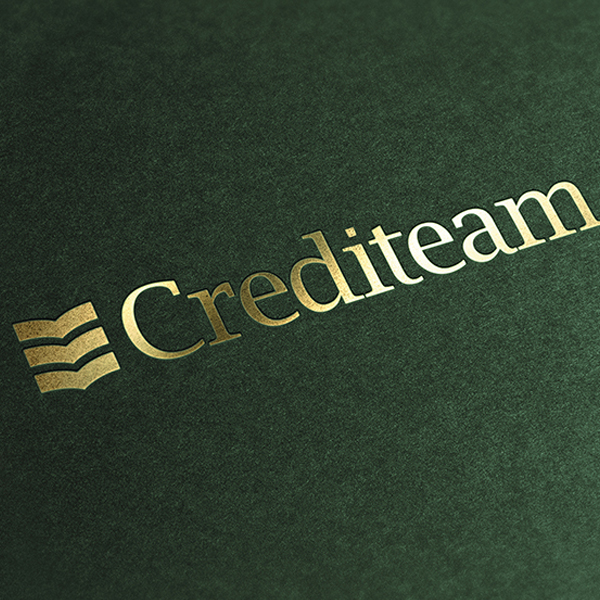
Folienprägung
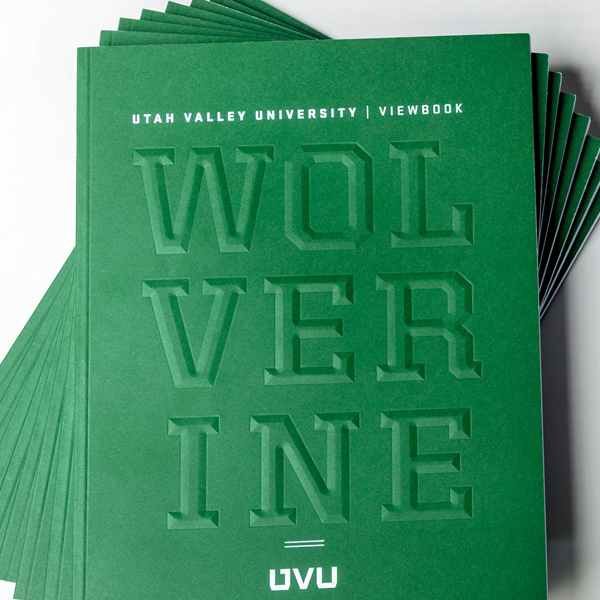
Prägung
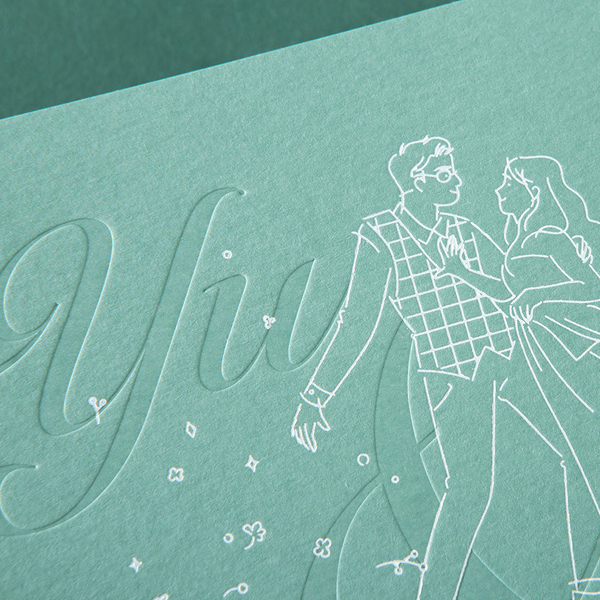
Laserfolienprägung
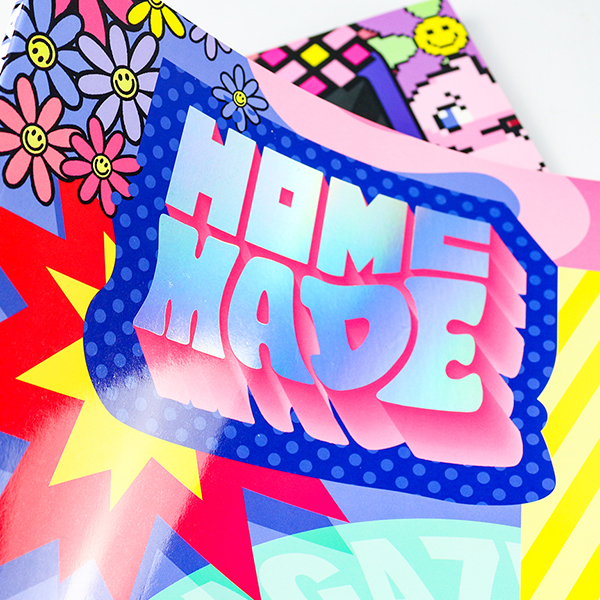
Glitzer UV
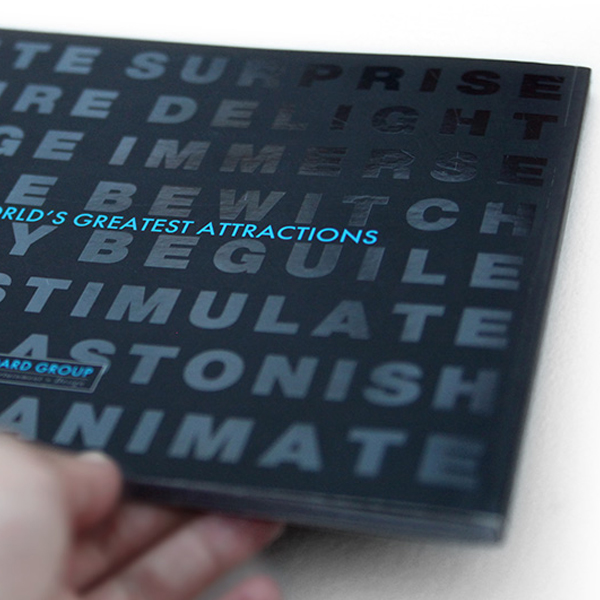
Goldrand/Silberrand
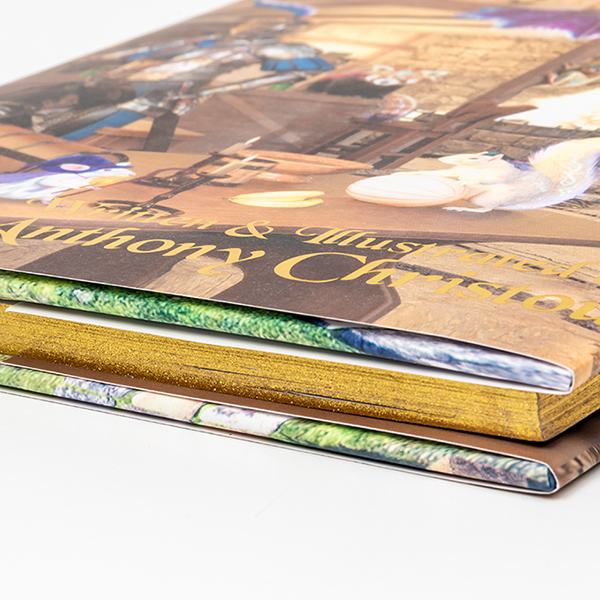
Prägen
Buchdruck und Buchbindung
Werden Sie mit unseren vielen verschiedenen Bindungsmöglichkeiten kreativ mit Ihren Büchern

Klebebindung
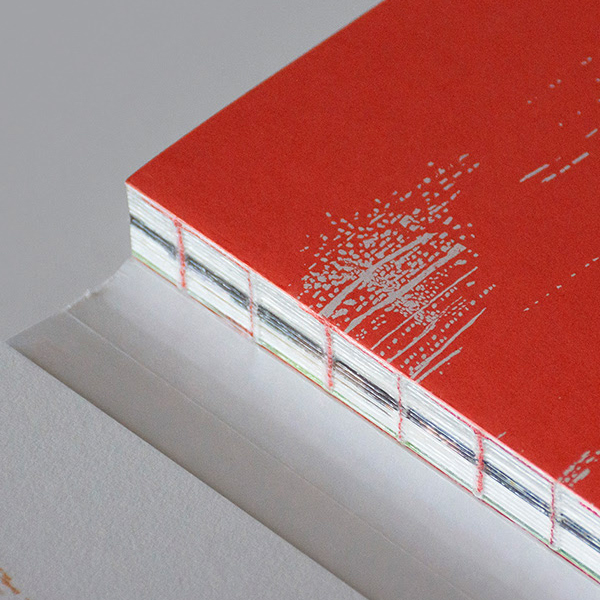
Einband nähen
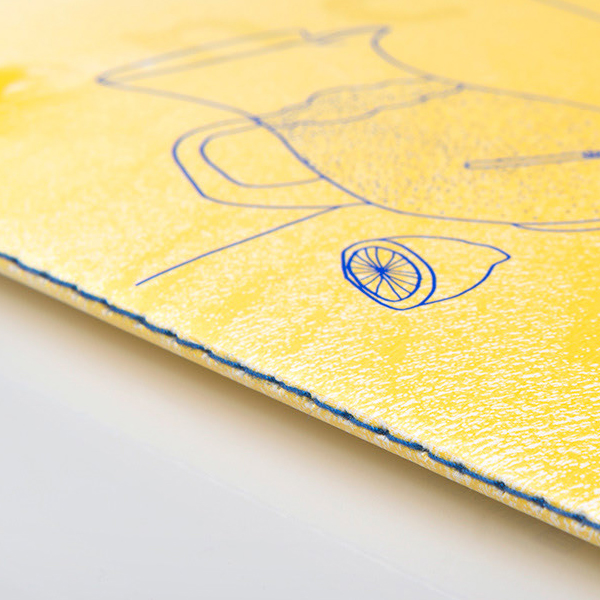
Nähgarn
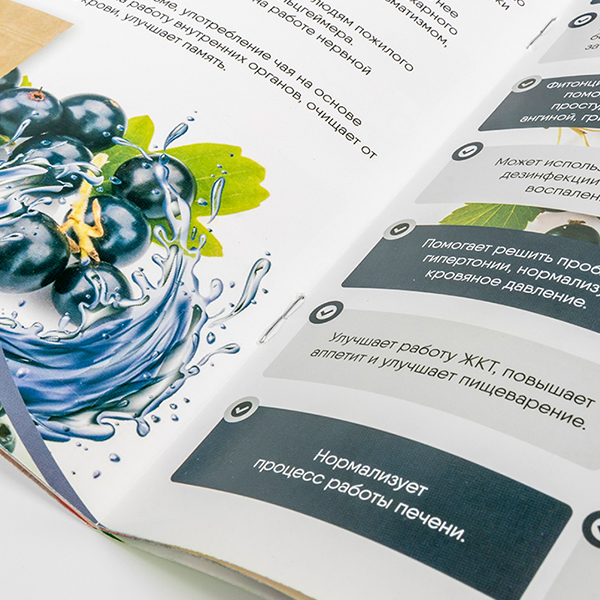
Sattelbindung
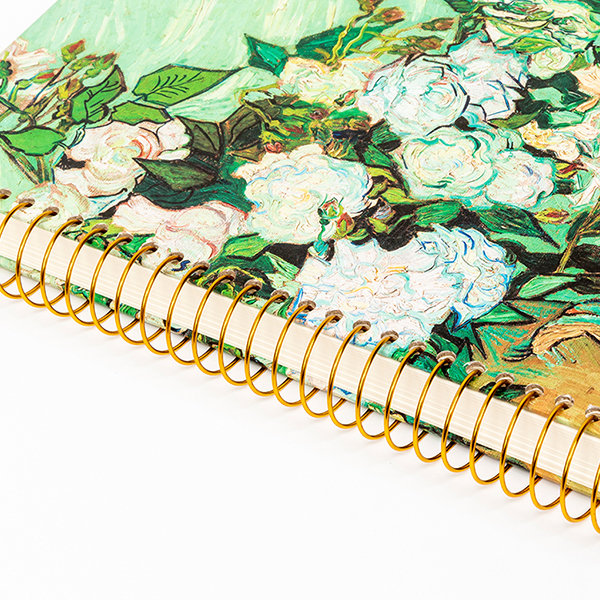
Spiralbindung
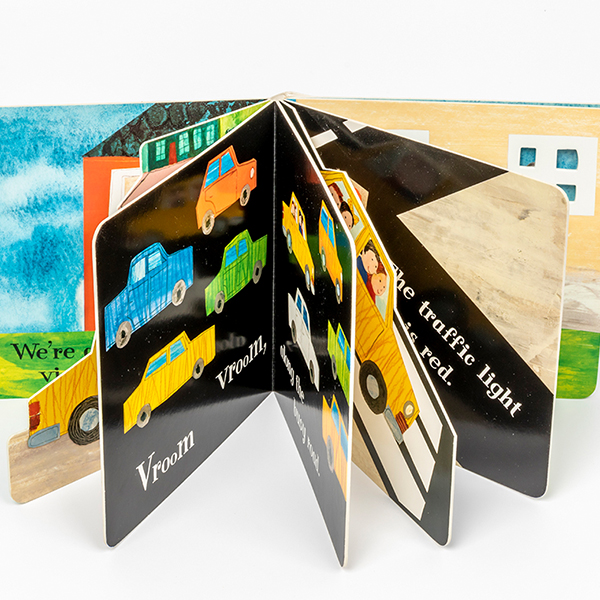
Brett aus gerahmtem
Ihre vertrauenswürdige Buchdruckerei
Unsere Vorteile
Wir sind der führende Hersteller für kundenspezifischen Buchdruck. Im Vergleich zu anderen Anbietern verfügen wir über fünf einzigartige Funktionen für den individuellen Buchdruck. In unserer Forschungs- und Entwicklungsabteilung arbeiten 30 Ingenieure und in unseren Produktlinien für den Buchdruck über 300 erfahrene Bediener. Wir bieten Komplettlösungen mit kostenlosen kundenspezifischen Services und schneller Lieferung. Wenn Sie nach hochwertigen Druckservices von 100% suchen, kontaktieren Sie uns jetzt für ein kostenloses Angebot! Sie werden nie enttäuscht sein.
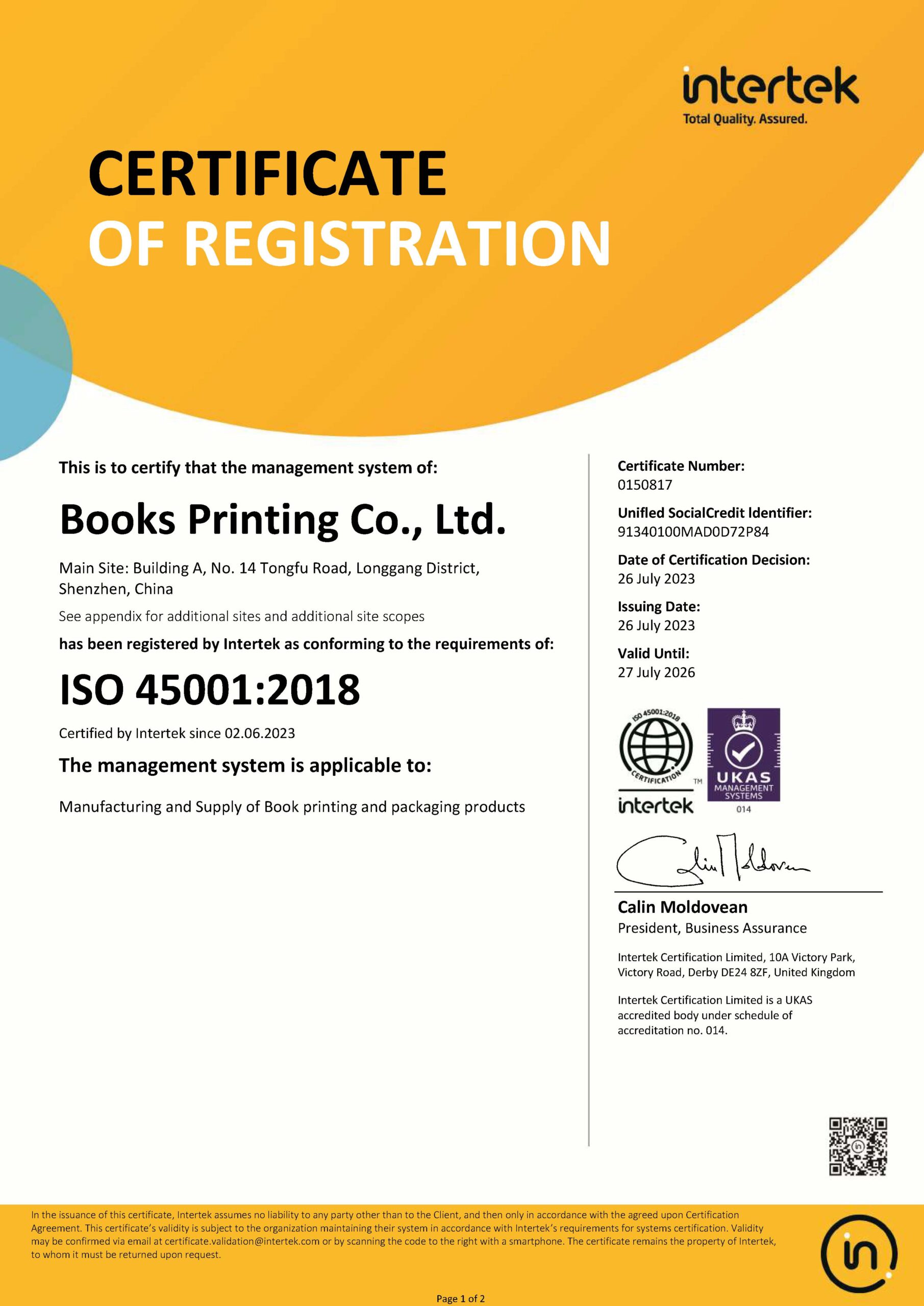

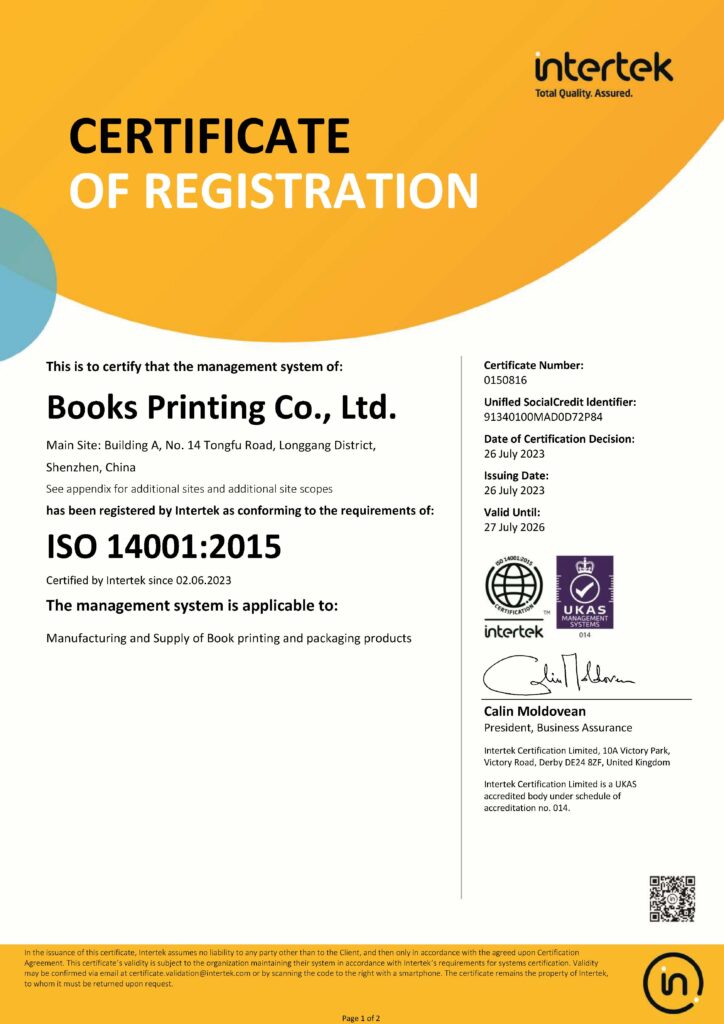
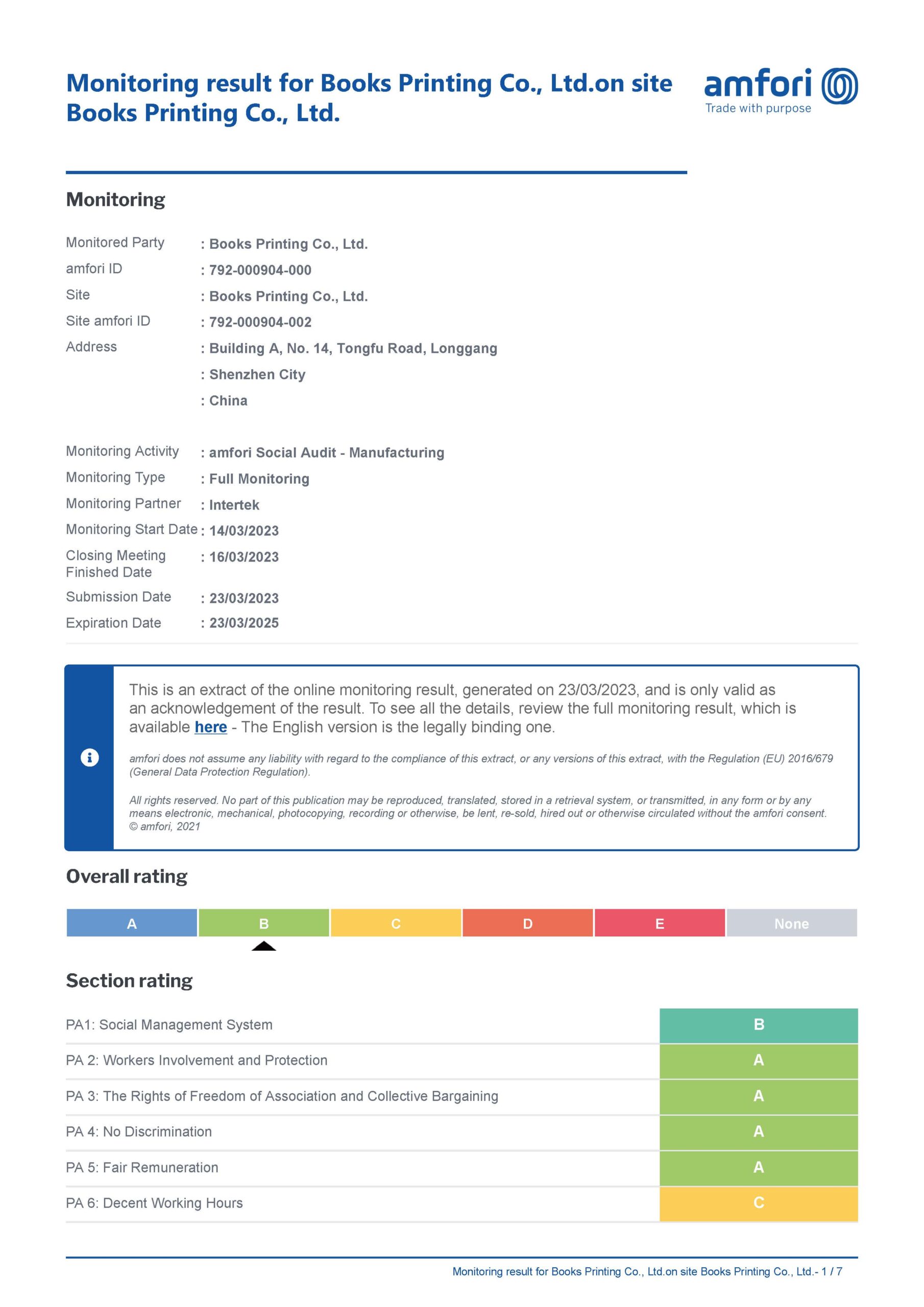
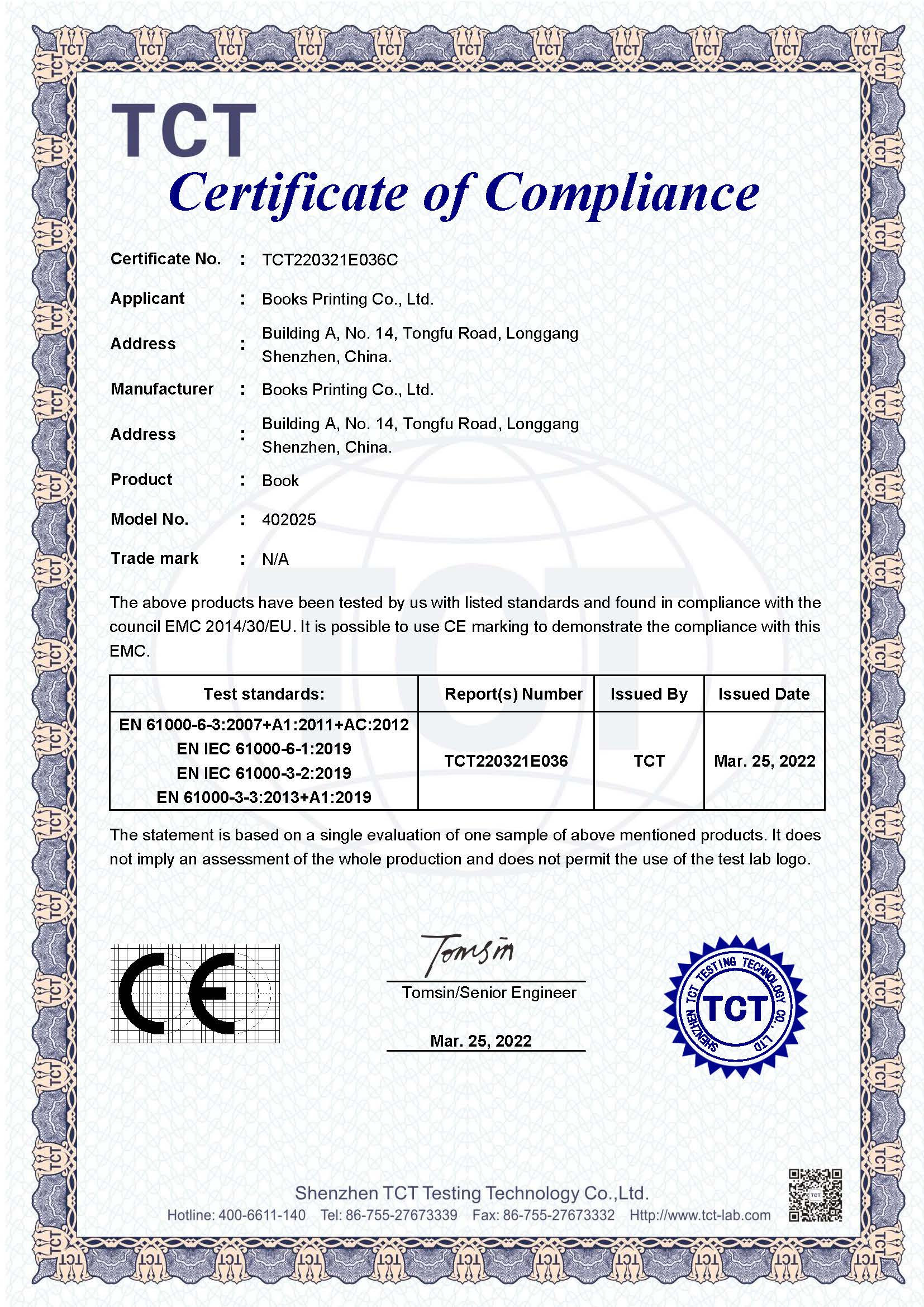
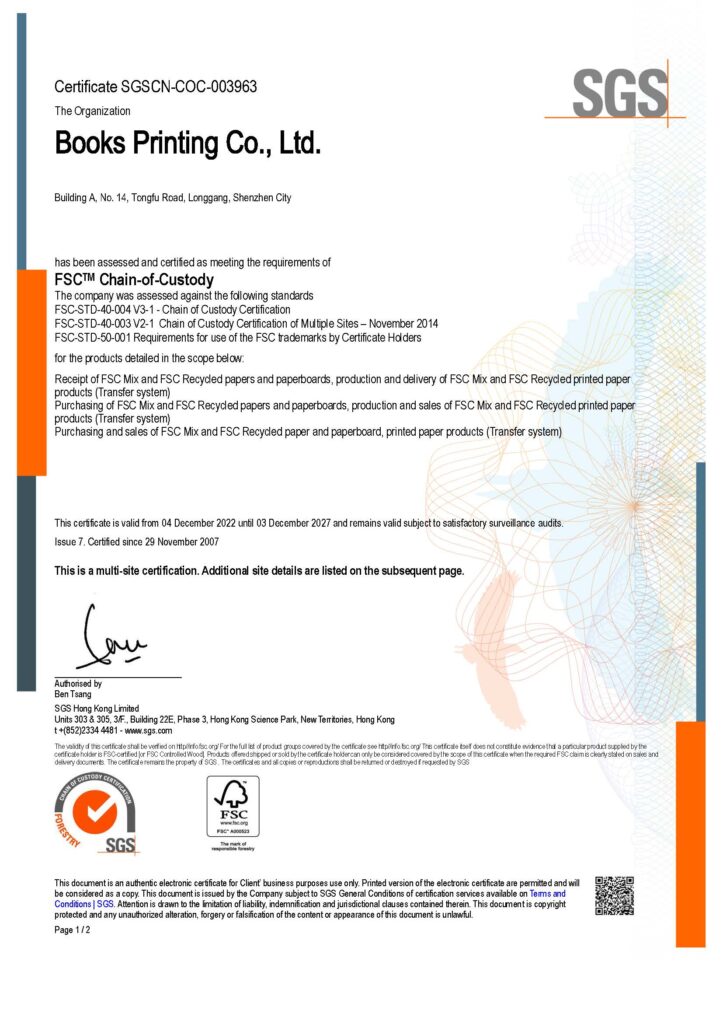
Vertrauen globaler Marken
Mehr als 10.000 Kunden lieben uns








Die Menschen lieben unsere Produkte und Dienstleistungen
Verstehen Sie, warum Kunden sich für uns entscheiden




Häufig gestellte Fragen
Häufigste Fragen und Antworten
Unsere Mindestbestellmenge (MOQ) (500 Stück) basiert auf den Werkzeug- und Einrichtungskosten unserer Fabrik für die Herstellung von kundenspezifischen Buchdrucken. Denn diese Mindestbestellmengen werden zum Vorteil unserer Kunden festgelegt, um Kosten zu sparen.
- Menge: Die Anzahl der benötigten Einheiten.
- Abmessungen: Die Abmessungen des Produkts.
- Cover und Inhalt: Angaben zum Cover und etwaigen schriftlichen Inhalten.
- Farbdruck: Geben Sie an, ob beide Seiten im Vollfarbdruck gedruckt werden (z. B. 2-seitig, Vollfarbe).
- Papiersorte und -gewicht: Geben Sie die Papiersorte und das Gewicht an (z. B. 128 g/m² Hochglanz-Bilderpapier).
- Finish: Die gewünschte Art des Finishs (z. B. glänzende/matte Laminierung, UV-Beschichtung).
- Bindemethode: Geben Sie die Bindemethode an (z. B. Klebebindung, Hardcover).
Auf jeden Fall! Wie bei allen unseren Buchdruckaufträgen gilt im Allgemeinen: Je größer die Bestellung, desto geringer sind die Stückkosten (höhere Mengen = Chargeneinsparungen).
Die für die Ausführung Ihrer Bestellung erforderliche Zeit hängt von der Komplexität und dem Umfang Ihres spezifischen Projekts ab, die während Ihrer ersten Verpackungsberatung mit unseren Produktspezialisten ermittelt werden.
Um die individuellen Anforderungen und Spezifikationen jedes Projekts zu erfüllen, dauert es normalerweise 1 bis 3 Werktage, um die Musterentnahme abzuschließen, und 7 bis 12 Werktage, um die Bestellung abzuschließen.
Wenn Sie mit Book Printing arbeiten, müssen Sie sich keine Gedanken über die Wahl der zu verwendenden Versandmethode machen!
Unsere Produktexperten unterstützen Sie bei der Verwaltung und Planung Ihrer gesamten Versand- und Logistikstrategie, damit Sie Kosten sparen und Ihre Verpackungen pünktlich und exklusiv bis an Ihre Haustür geliefert bekommen!
1. Die besten Dateiformate für Grafiken sind PDF, AI, CDR usw.
2. Die Bilder haben mindestens 300 DPI.
3. Voller Beschnitt auf jeder Seite ca. 0,12 Zoll (3 mm).

